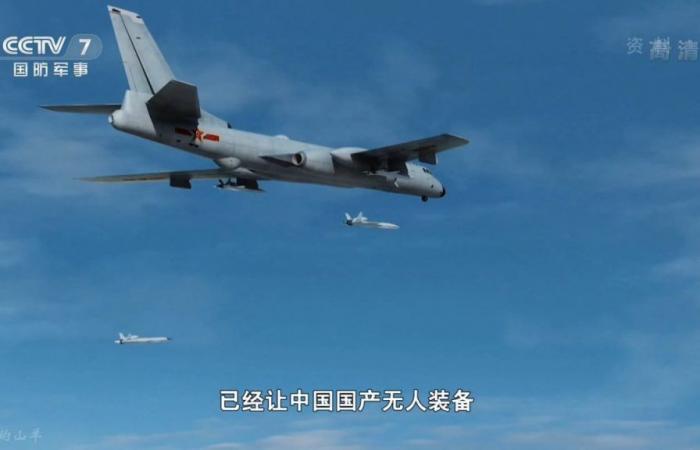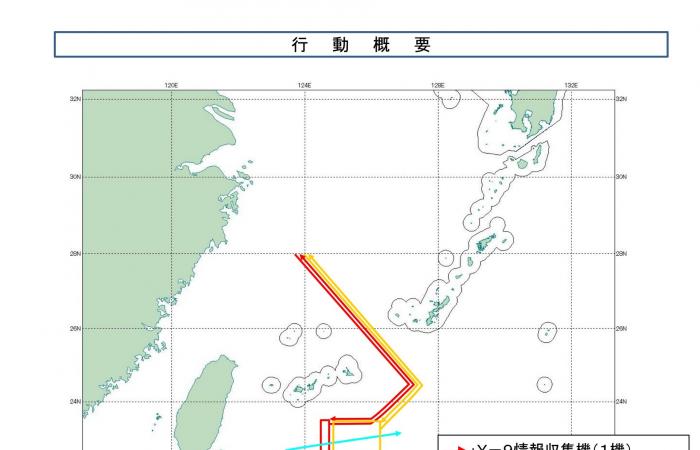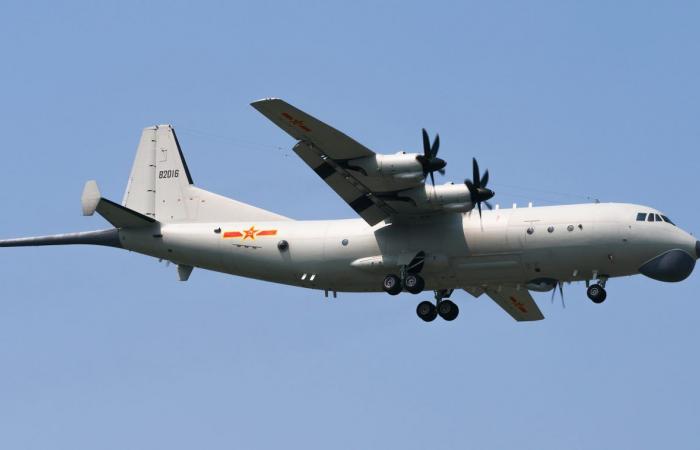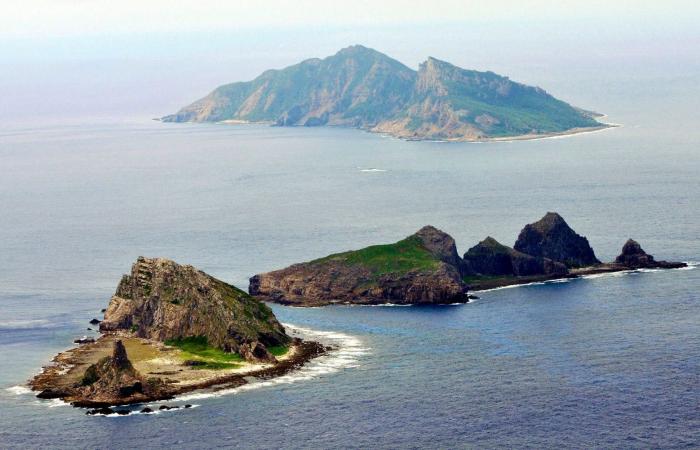In a move that has raised eyebrows in Japan, the Chinese People’s Liberation Army (PLA) recently carried out a series of long-range operations over the Western Pacific, involving strategic bombers and maritime surveillance aircraft.
Japan Plans Bullet Train To Moon, China’s Railgun To Launch Hypersonic Jets To Space: Interesting Times For Space Travel
The PLA operation, spanning three days from March 9 to March 10 and then again on March 12, was closely monitored by Japan’s Ministry of Defense (MoD).
According to data released by the Japan Ministry of Defense, the PLA Shaanxi Aircraft Industry (Group) Corporation (SAIC) Y-8Q anti-submarine warfare (ASW) aircraft patrolled approximately 230 nautical miles west of Taiwan and approximately 115 nautical miles south of Miyako -jima on the morning of March 9.
This was followed by a continuation of the patrol sweep on the subsequent day, with the same Y-8Q (designation: no. 61) conducting a broader reconnaissance over the same area.
The escalation continued on March 12, when a more substantial PLA force entered the region. According to the MoD, a Chinese Y-9JB (GX-8) intelligence-gathering aircraft, in conjunction with two Xi’an Aircraft Company (XAC) H-6J maritime strike bombers, flew over the Miyako Strait before conducting a prolonged drill over the targeted area, situated south of Miyako-jima and west of Taiwan.
The spy plane, as per the photographs disclosed by the Japanese Ministry of Defense, with its distinctive under-nose radome, likely undertook sea surveillance duties.
“While the Y-9 intelligence-gathering aircraft and H-6 bombers were circling over the Pacific Ocean, one presumed Chinese unmanned aerial vehicle was flying in the same airspace,” Japan’s Joint Staff added.
In response to the flights, fighter jets from the Southwestern Air Command of the Japan Air Self-Defense Force were scrambled.
These long-range operations underscore China’s growing assertiveness in the region and its determination to proclaim its military capabilities. China has not officially commented on the nature or purpose of these maneuvers.
Is The Chinese Air Force Assessing Japan’s Military Preparedness?
The PLA’s actions have reignited concerns over regional stability, with Japan particularly vigilant given its territorial disputes and historical tensions with China.
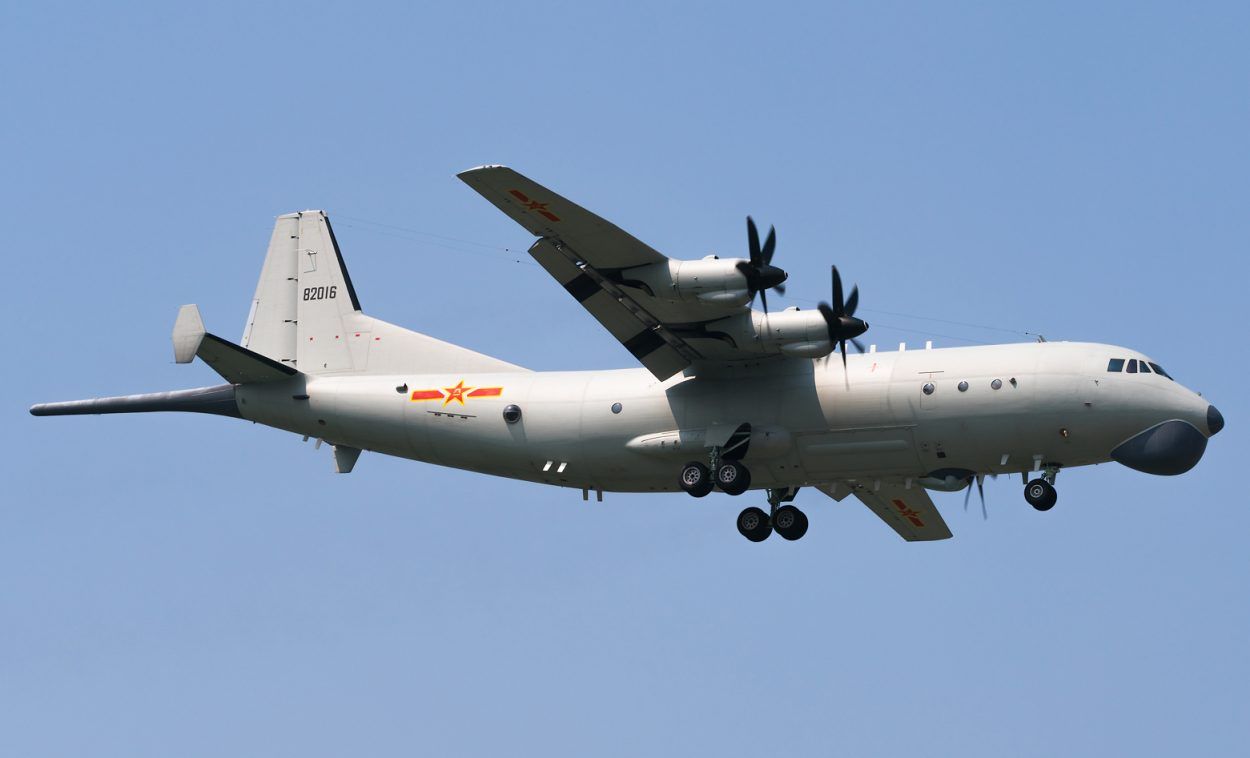
Over the past few years, the Chinese People’s Liberation Army has noticeably increased the frequency of its combat patrols. While these patrols provide valuable training opportunities for military personnel, they also convey deliberate political messages to potential adversaries such as the United States and its regional allies.
The latest aerial activities appear to have been aimed at assessing Japan’s bolstered air defense capabilities and military presence on its southernmost islands, particularly those in proximity to Taiwan.
The strategic importance of these flights is further underscored by suggestions that they might have been part of an anti-access/area denial (A2/AD) exercise — a tactic increasingly utilized by major military powers worldwide to deter adversaries from gaining access to specific regions .
In recent years, Tokyo’s relations with Beijing have deteriorated due to disagreements over Taiwan and disputes in the East China Sea, particularly concerning the Diaoyu Islands, known as the Senkakus in Japan. These uninhabited islands are under Tokyo’s administration but are also claimed by Beijing.

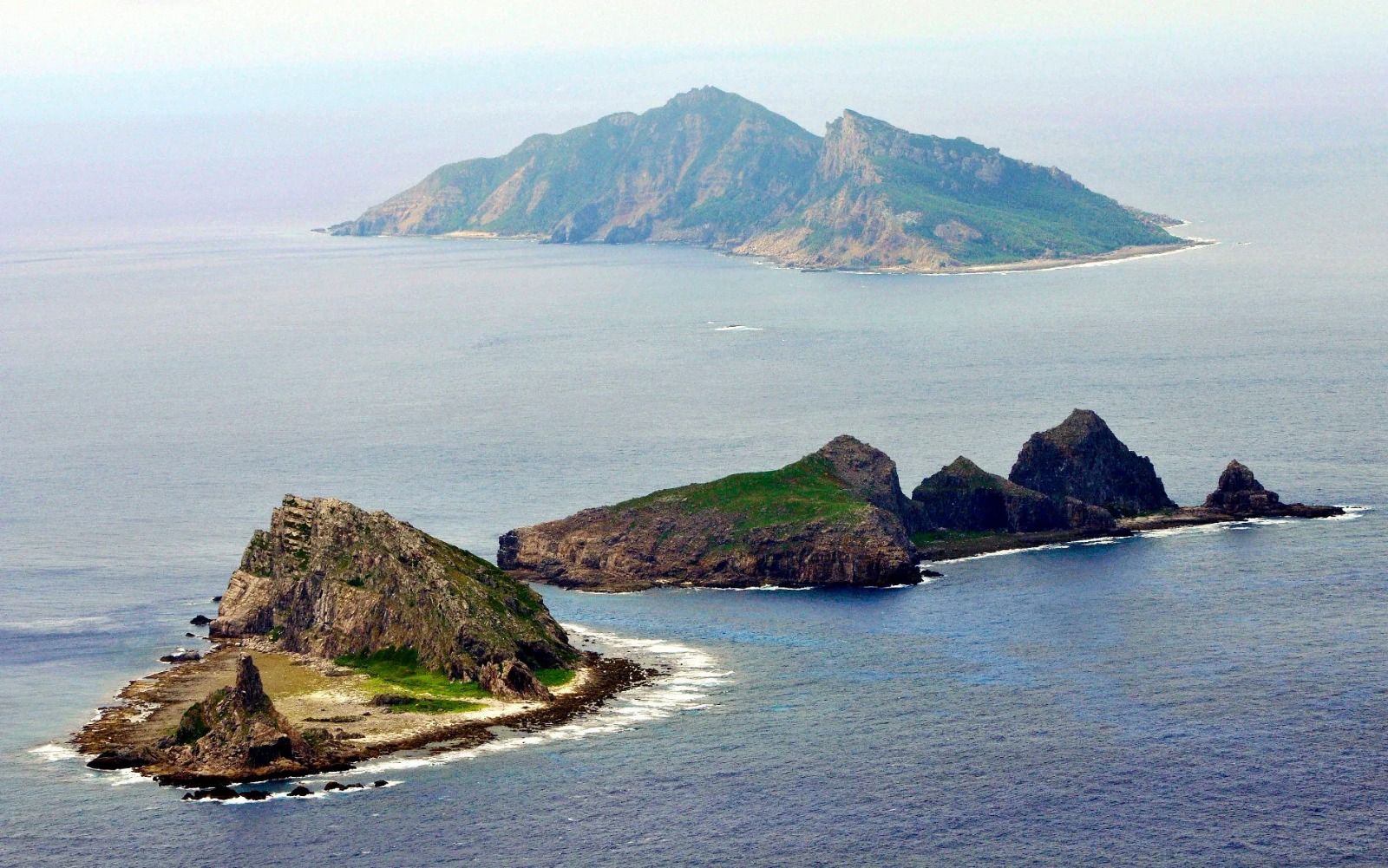
Responding to growing concerns, Japan revised its national defense strategy in December 2022. This revision included plans to increase military spending to 2 percent of its gross domestic product by 2027 and acquire counter-strike capabilities against perceived threats from “enemy territory,” an apparent reference to China and North Korea. The document also addressed concerns regarding China’s actions.
Tokyo released statistics earlier this month stating that Japanese fighter jets were scrambled 21 times in February to intercept Russian and Chinese aircraft, thereby preventing potential airspace violations.
Furthermore, during the last nine months of 2023, the Japan Self-Defense Forces (JSDF) conducted a total of 555 fighter jet scrambles, with 98 percent of these scrambles in response to Chinese and Russian aircraft.
Chinese flight activity is primarily observed around southwest Japan and off the east coast of Taiwan. The Southwest Air District of the Japan Air Self-Defense Force experienced the highest number of scrambles due to a majority of China’s military air activities occurring in that operational area.
Additionally, the People’s Liberation Army Navy (PLA) carrier groups regularly conduct operations in international waters in the Western Pacific, particularly off Japan’s southwest islands and the east coast of Taiwan.
Tags: Chinas Maritime Bombers Flex Muscles Japan Taiwan PLAAF Testing Tokyos Military Alertness
--
